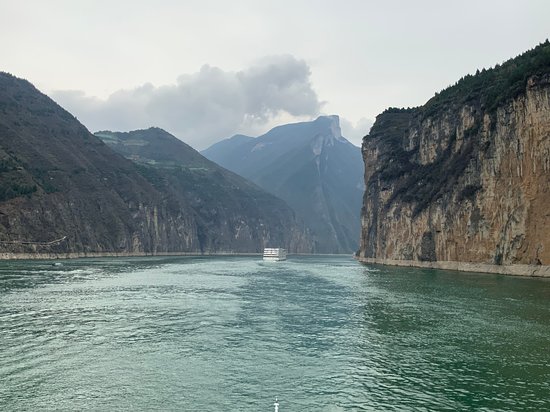When it’s about understanding Complex River environments in classroom settings, river models are a practical solution to use. They simulate groundwater processes, the formation of floodplains, deltas, and transportation of sediments for better learning.
Whatever is your purpose of choosing a scaled model of a river, ask these questions to choose the right one:
- Can I Use Any Modeling Medium in the River Model?
Since every model can be different, it’s better to ask whether you can use your medium to explain the concepts. For example, if you use a stream table that uses plastic for model sediments, it may not be advised to use organic materials in the model.
Sand, being a lithic material, can be heavier than the base of the model. As a result, the model can collapse or crumble under increased pressure. Also, organic materials can clog filters and pumps in the model.
- How Do You Demonstrate Different Elements of River Systems in Your Model?
In the best models of rivers, you’ll find color-coded particles in different sizes to replicate natural elements. They choose specific sizes to represent sediments like sand, clay, and silt.
The behavior of each element is relative to natural rivers and streams to demonstrate similar movements. Since it’s difficult to scale the elements of river morphology in a scaled model, they use approximate relationships for explaining critical river processes.
- Why Shouldn’t I Choose a Homemade River Model?
The primary reason for choosing a model is to understand the exact science behind significant concepts. Homemade models may look fantastic and are portable. However, they might lack the scientific precision you need to explain fluvial geomorphology.
Apart from portability and design, there are considerations like scaling the river models as per electrostatic forces and friction of a real-life river. Mostly, homemade models use sand as the modeling medium, but sand sticks to itself and can‘t demonstrate every process with as much precision as you need.
- Can You Provide Models to Demonstrate Tidal Processes or Groundwater Systems?
If you want to understand sediment deliveries from rivers, the formation of floods, or longshore drifts, choose models that can demonstrate these processes. You can also buy a wave maker to simulate these processes with color-coded particles.
Understanding the groundwater system is essential to learn about the working of water bodies. So, find a stream table having a water table underneath the sediments. It demonstrates the effects of the directional flow of groundwater. Choosing a comprehensive model can offer all the functionalities you need.
- What to Take Care of a River Model?
After every demonstration, drain your model and lower the standpipes down. Avoid using organic materials and sand in the model. Do not solvents for cleaning the parts and keep sharp objects away. Also, disconnect the cords after every demonstration.
Follow the user manual to troubleshoot problems with flow controllers or pumps. Ask the manufacturer about the warranty of the model, as well.
Ask these pertinent questions before purchasing river models for your science teaching. A little research can help you find the best model for your needs.








